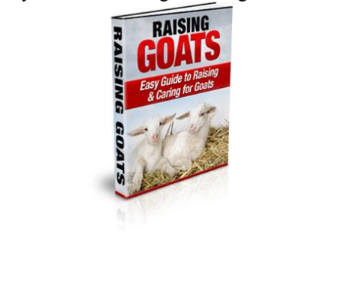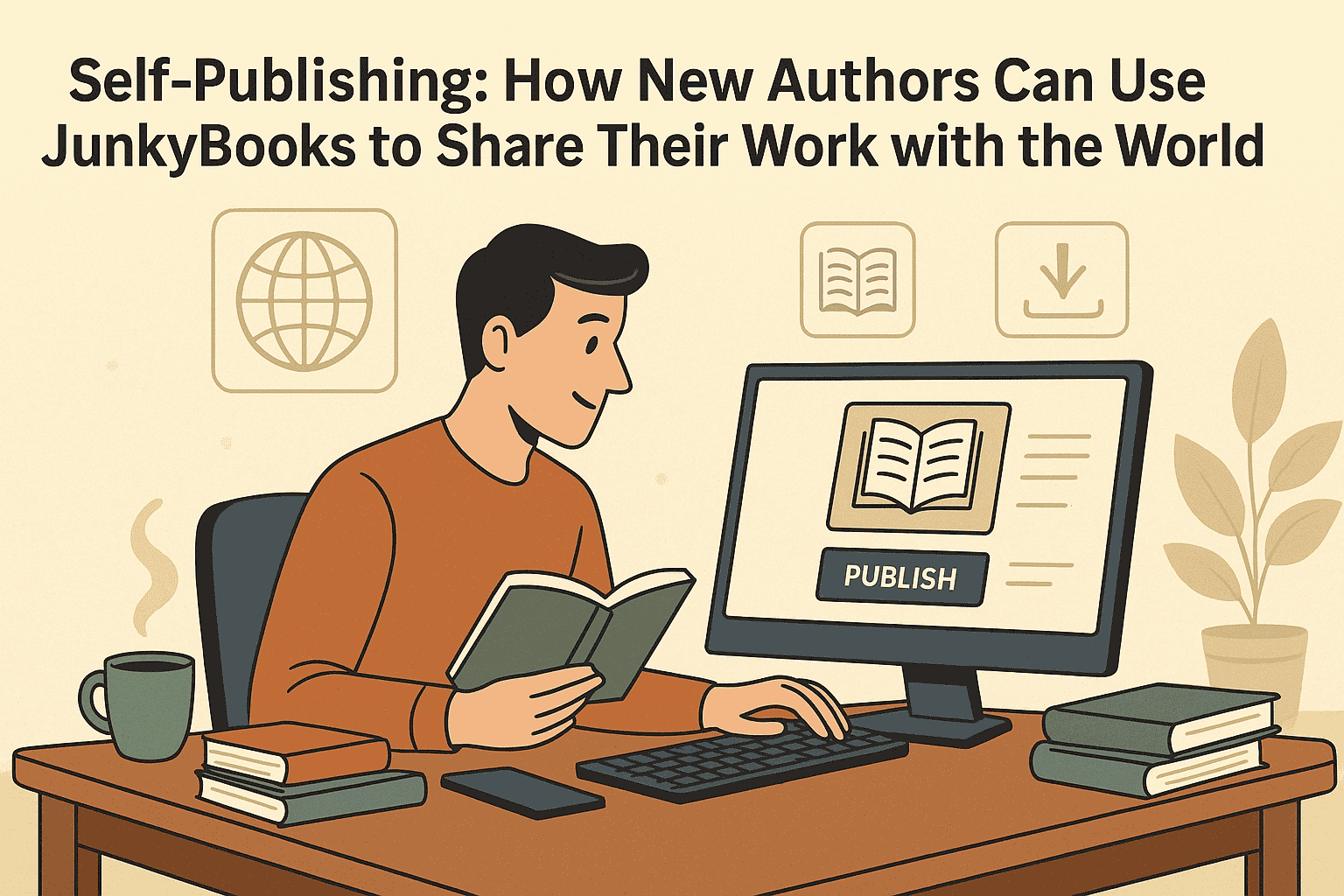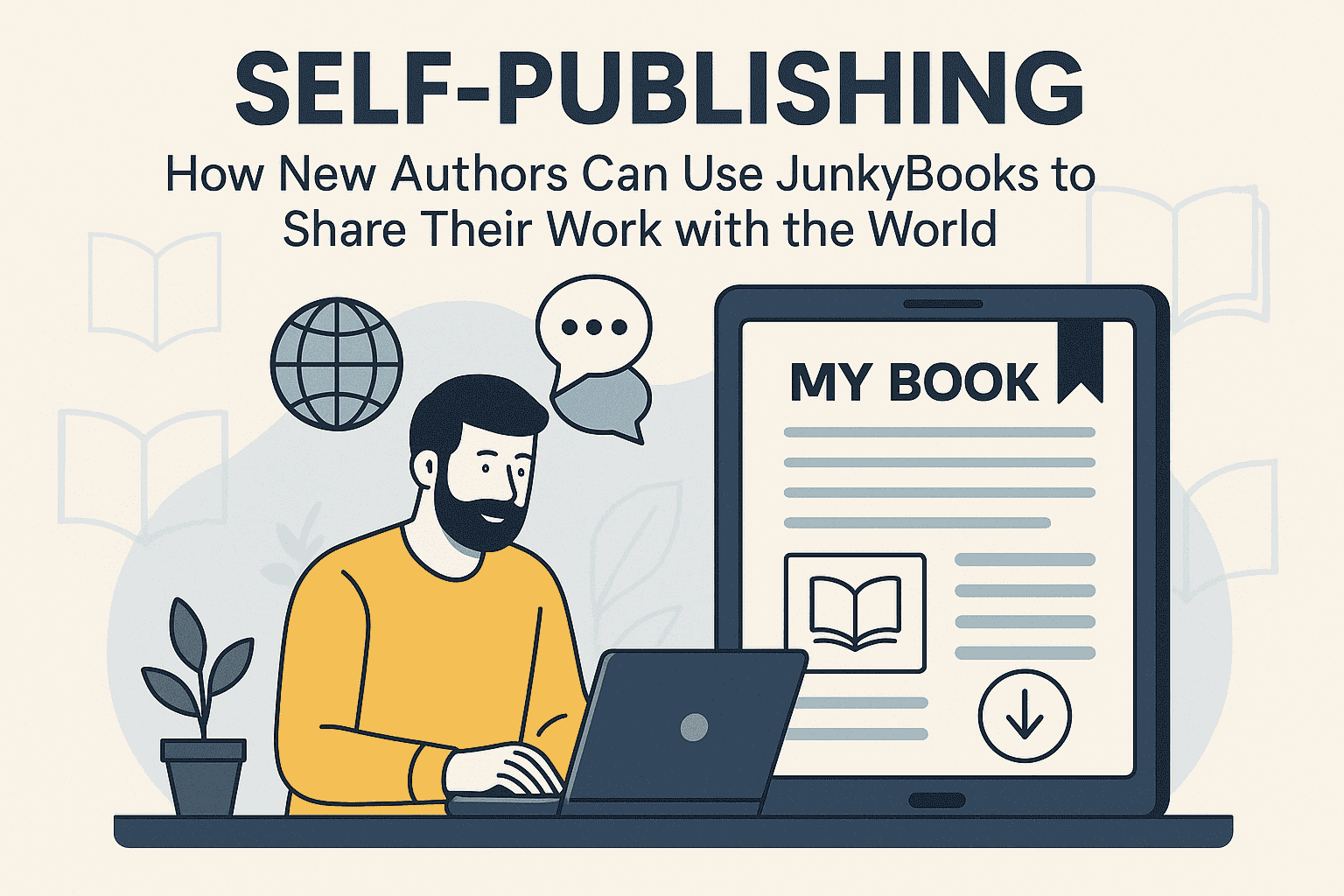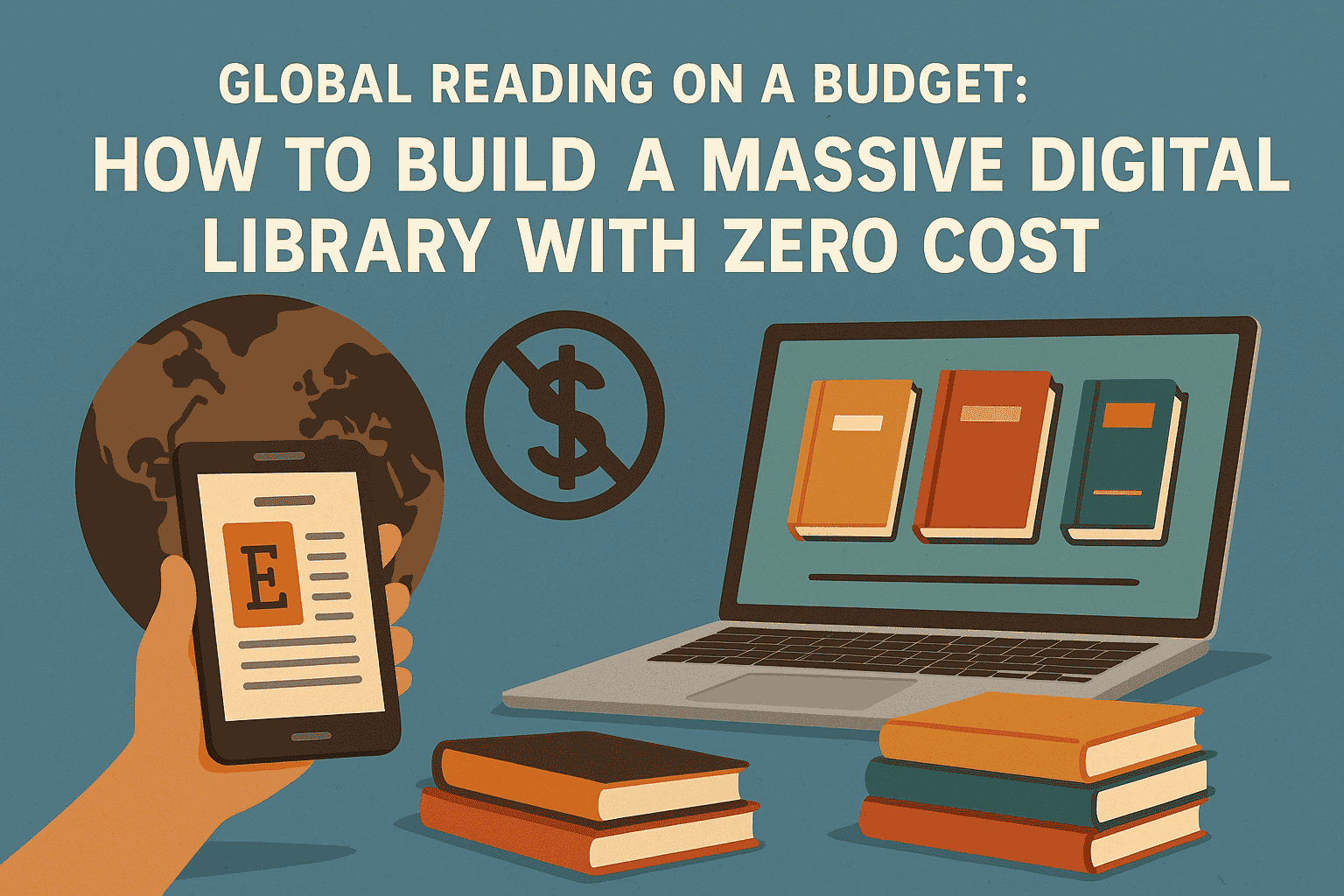What Publishers Look for in a Manuscript Today
In an age where thousands of books are published every day and digital tools have democratized storytelling, getting noticed by a traditional publisher remains a significant challenge. Whether you're an aspiring novelist, a nonfiction writer, or a memoirist, understanding what publishers are looking for in a manuscript can dramatically increase your chances of getting your foot in the door.
Today’s publishing world is more competitive, data-driven, and market-aware than ever. Editors don’t just look for beautiful prose—they look for market fit, originality, clarity of voice, and an author with a professional mindset. This post explores what publishers expect from a manuscript in 2025 and how you can align your work with those expectations.
A Unique Concept with Market Appeal
The first thing publishers want is a fresh, compelling idea. Your manuscript doesn’t need to be completely original in concept—it’s hard to invent a genre—but it should bring something new to the table.
For fiction, this could be a new spin on a familiar trope. For example, dystopian novels are well-tread ground, but if you can bring a unique world, character, or twist, your story can stand out. For nonfiction, publishers look for books that answer a timely question, solve a common problem, or speak to a current trend.
A good exercise is to ask: “Why now?” Why does this book matter at this moment in time? If you can clearly articulate that, a publisher is more likely to pay attention.
Strong Writing from Page One
It may sound obvious, but good writing still matters immensely. Publishers don’t have time to read through dozens of pages waiting for a manuscript to get good. You need to capture interest on the first page—and hold it throughout the book.
This doesn’t mean your writing needs to be flowery or complex. What editors want is clean, engaging prose that fits your genre. If it’s fiction, they want vivid characters, snappy dialogue, and a clear narrative arc. If it’s nonfiction, they expect clarity, authority, and a voice readers can trust.
Publishers look for manuscripts that are ready. That means your manuscript should be fully edited, revised, and proofread before submission—ideally by beta readers or professional editors.
A Clear, Compelling Voice
Voice is one of the most elusive and valuable qualities in writing. It’s what makes your book sound like you—and not like a template.
A strong voice can make a manuscript unforgettable. Whether your tone is witty, emotional, suspenseful, authoritative, or conversational, it should be consistent and intentional. Editors want a voice that will connect with readers and make the book memorable.
If you’re writing fiction, your characters should have voices that feel real. If you’re writing nonfiction, your voice should instill confidence and credibility.
Defined Genre and Audience
Many manuscripts fail simply because they don’t know where they fit. Publishers want to know exactly what kind of book they’re buying and who will read it. If you can’t define your genre and target reader, a publisher can’t market it.
Avoid saying “my book is for everyone.” Instead, identify a specific audience—young adult fantasy readers, fans of cozy mysteries, business professionals, new moms, spiritual seekers—and show how your book meets their needs or expectations.
Being clear about your genre helps publishers decide how to position your book in the market—and how to sell it.
Professional Presentation and Formatting
A well-written manuscript is not enough if it doesn’t look the part. Presentation matters. Publishers expect clean formatting, proper grammar, consistent punctuation, and logical structure.
For fiction, this means traditional formatting: double-spaced, 12-point Times New Roman font, one-inch margins, page numbers, and proper indentation. For nonfiction, structure is even more important—clear headings, subheadings, chapter breakdowns, and supporting research where appropriate.
Sloppy formatting signals inexperience. A polished manuscript tells a publisher you’re serious and easy to work with.
A Strong Opening and Pacing
Your first chapter is your audition. Publishers want a manuscript that grabs them from the beginning. Whether it’s a hook, a mystery, or a moment of emotional connection, your story needs to start strong.
Beyond the opening, pacing is crucial. Does the story drag in the middle? Is the narrative arc compelling? In nonfiction, does the content build in a logical, satisfying way?
Editors are trained to spot structure problems early. Make sure your book builds momentum, keeps interest high, and delivers a satisfying conclusion.
Memorable, Multi-Dimensional Characters (for Fiction)
If you’re submitting fiction, strong characters are a must. Publishers look for characters who grow, who have internal and external conflicts, and who are flawed but relatable.
Avoid clichés and one-dimensional stereotypes. Your protagonist should have a clear motivation and change over time. Supporting characters should serve the plot and enrich the emotional landscape of the book.
Characters are what readers remember. Publishers know that great characters build loyal fan bases—and lead to sequels, adaptations, and long-term success.
Author Platform and Marketability
In 2025, publishing is as much a business as it is an art. Publishers increasingly look at your author platform—your visibility, network, and potential to market your own book.
Do you have a social media following? A newsletter? A podcast or blog? Are you a speaker, consultant, or expert in your field? Have you been published in reputable outlets?
This is especially important for nonfiction. A great idea is less likely to get picked up if the author has no platform. Publishers are more willing to take a chance on a debut novelist, but even fiction authors benefit from having a presence online.
Comparative Titles and Market Fit
Publishers often ask: “What books is this similar to, and how will it stand out?” If your manuscript fits a hot trend—but adds something new—it’s more likely to get picked up.
You should be able to identify 2–3 comp titles (books published in the last five years) and explain why yours fits the market while still offering a fresh perspective.
Understanding the current publishing landscape is vital. Your book doesn’t exist in a vacuum—it competes for attention, shelf space, and reader dollars. Demonstrate awareness of where your book belongs and what makes it special.
A Professional and Collaborative Attitude
Publishing a book is a team effort. Editors want to work with authors who are responsive, respectful, and open to feedback. If you come across as arrogant or difficult in your query or pitch, your manuscript might get passed over—even if it’s brilliant.
Being coachable doesn’t mean compromising your vision—it means understanding that publishing is collaborative. Editors, cover designers, marketers, and publicists all want your book to succeed.
If you demonstrate a positive attitude, professionalism, and a willingness to learn, publishers will see you as a long-term partner, not just a one-book author.
Final Thoughts
Getting a manuscript accepted by a traditional publisher is never guaranteed—but understanding what publishers look for can dramatically improve your odds. Focus on a compelling concept, polished prose, clear genre and audience, strong characters or structure, and a professional attitude.
In the modern publishing world, talent alone isn’t enough. Publishers are looking for a full package: great writing, strong market potential, and an author who’s ready to contribute to the book’s success. If you approach your manuscript with that mindset, you’ll be far ahead of the pack.
Whether you’re querying your first novel or refining a nonfiction proposal, keep these principles in mind. Write boldly, revise smartly, and put your best manuscript forward. Your future publisher might be closer than you think.







